How do you get a panda pregnant?
- Published
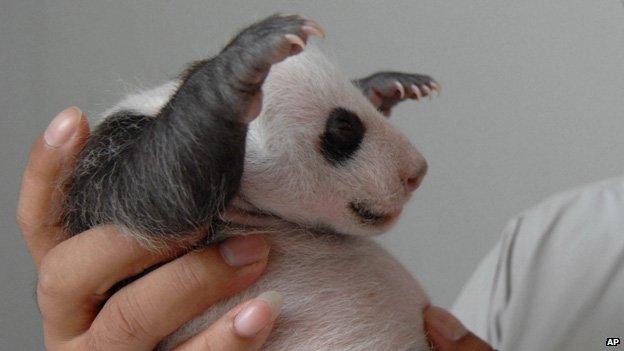
All this week's activity is geared towards producing a panda cub or cubs
Experts at Edinburgh Zoo have had a busy week in efforts to breed their giant pandas.
In the end it was all something of an anticlimax.
The annual panda mating season lasts just 36 hours and all week the two bears were watched intently to see whether they were ready.
Experts monitored their every move; scientists scrutinised their hormone levels.
The obvious signs appeared to be encouraging.
The male panda, Yang Guang, was bulking up for the big event, eating some 70kg of bamboo every day.
He was also performing acrobatics, doing handstands to scent mark as high as possible to prove his prowess.
Tian Tian too seemed to be displaying the right behaviour. At first she became grumpy and spent much of her days sleeping.
Then she began to call out to her potential mate, and the pair - who live in separate enclosures - were brought face to face through the bars.
A casual observer may well have concluded that they were ready.
Oestrogen levels
But Professor Wang Pengyan, who had flown in from the Giant Panda Conservation Centre in China's Sichuan province, was not convinced.
"Not today," he told me, on more than one occasion this week, adding "she needs more time".
The hormone results, analysed by a team at the University of Edinburgh seemed to confirm Prof Wang's concerns.
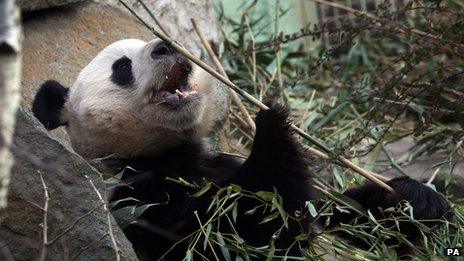
Yang Guang had been bulking up on bamboo as keepers made mating preparations
Research scientist Sanya Aggarwal had a crucial role in reporting those results.
She is living in the zoo where she is wakened early each morning by the chattering of monkeys and the roar of lions.
Every day she heads to the panda enclosure to collect a sample of Tian Tian's urine before riding across Edinburgh by bus.
At her laboratory Ms Aggarwal explained the process: "We measure the hormone levels in the urine samples and the basic goal is just to be able to know when the ovulation is going to happen so we can time the artificial insemination or natural mating."
With a broad smile she said nobody on the bus knew what she was carrying with her.
"As long as it doesn't leak in my bag I don't think anybody would know," she laughed.
But instead of observing a sharp and continuous rise in Tian Tian's oestrogen, the observations showed the levels were bobbing up and down.
There was also, said the experts, "too much bark" in her calls.
Insemination team
And so, late last night, the professor of pandas made a call: at last Tian Tian was hormonally ready but her behaviour was "not conducive" to natural mating.
Instead a team from Germany moved in, attempting artificial insemination, the details of which are probably best left to the imagination.
Although the zoo says this went "very much to plan", it won't know until the summer whether it actually worked.
An ultrasound scan will be needed to confirm whether Tian Tian is pregnant.
For now bears and humans involved in what has been an exhausting week are having a rest.
- Published21 April 2013
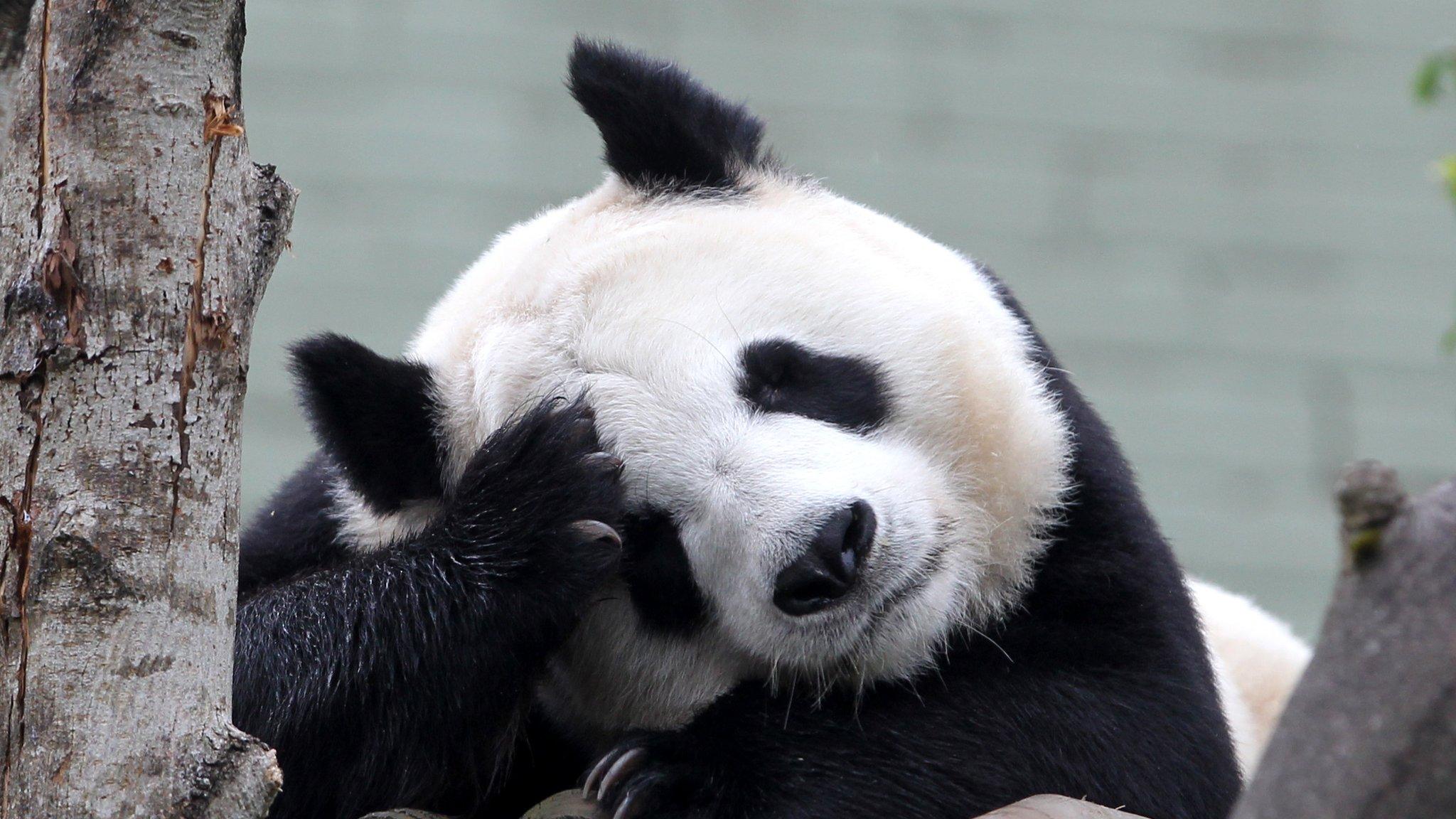
- Published12 August 2014

- Published17 April 2013
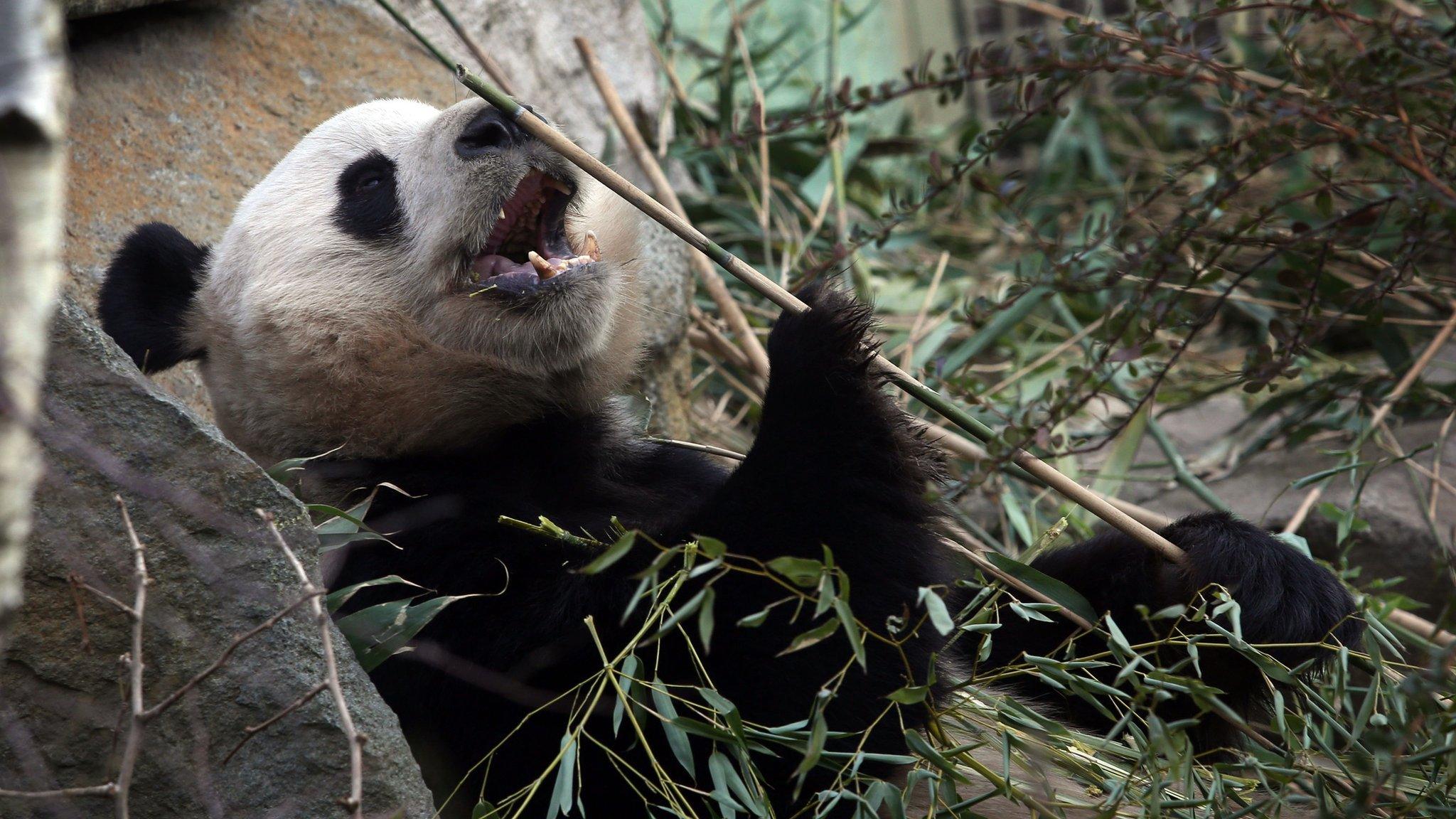
- Published9 April 2013
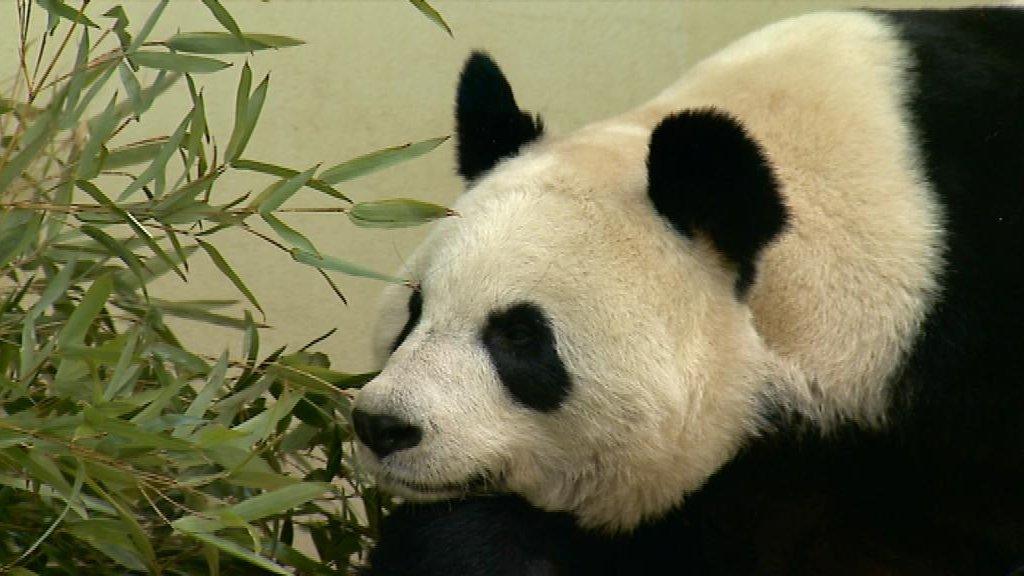
- Published6 March 2013
